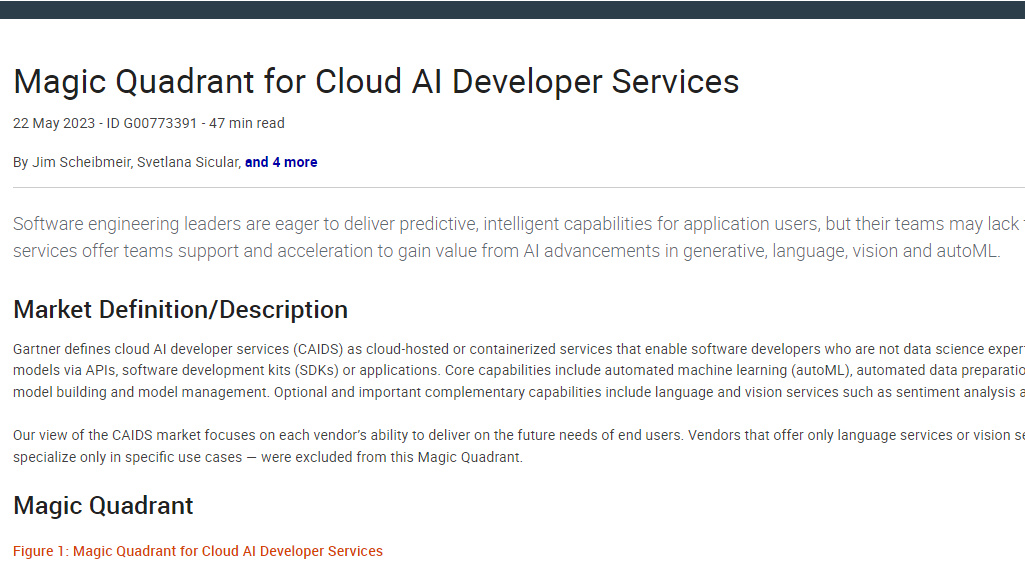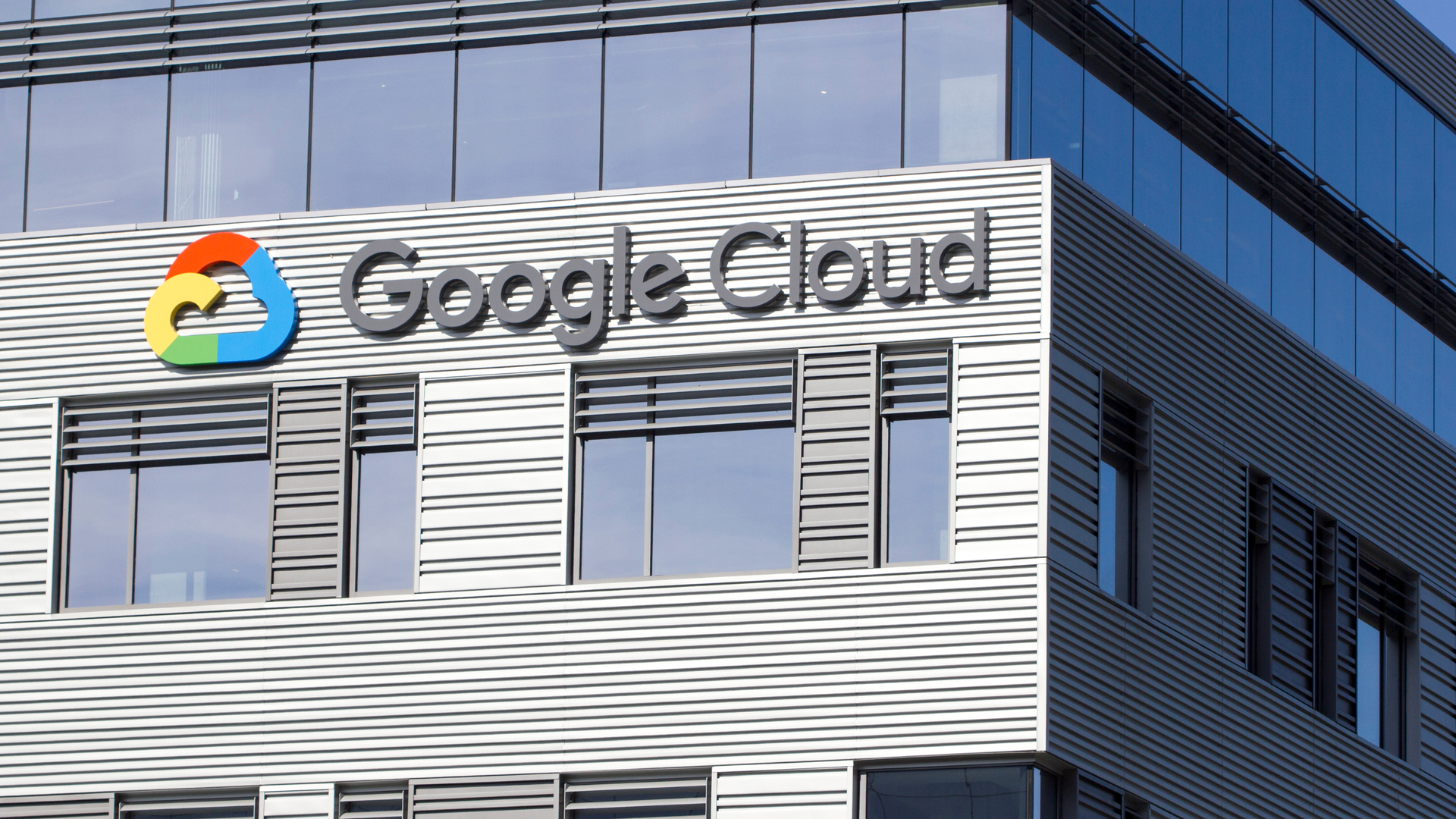Five obstacles holding back your hybrid cloud strategy
Overcoming these challenges is key to a successful cloud migration strategy


Businesses are facing unprecedented challenges. To have come out the other side of the COVID-19 pandemic was one thing, but now facing the cost of living crisis - caused by both the rise in energy prices and the economic cost of the pandemic - supply chain issues, and loss of staff means businesses are increasingly turning to technology to keep going.
More and more organisations are depending on digitisation to overcome their struggles and remain competitive, both productively and financially. And the faster your company can do this, the better.
Hybrid cloud is one solution that can offer the agility an organisation needs, with a mix of IT infrastructure environments to enable businesses to move data and apps quickly, digitally transform their workloads, and respond to current demands.
According to Forbes earlier this year, the multi-cloud era has arrived, with over 90% of organisations already deploying multi-cloud architecture, and managing their data across a number of cloud platforms. And Forbes also predicts that even over the next few years, as the majority of data analytic workloads will move to the cloud, those organisations with a hybrid or multi-cloud approach, will be in a strong, competitive position.
Hybrid cloud allows businesses to manage their workloads across both their on-premise infrastructure - or private cloud - and public cloud, where multi-cloud offers the same function across multiple cloud environments of the same type. Both are tailored to organisational requirements and allow greater control over data, and costs.
Because hybrid cloud utilises the company’s internal infrastructure, it does need additional coordination and integration to align with existing data processes and security measures. But the benefits of doing so means improvements in scalability, flexibility, and time to deployment, as well as greater response to changing environments, including being able to support an ever distributed workforce.
RELATED RESOURCE

The mighty struggle to migrate SAP to the cloud may be over
A simplified and unified approach to delivering Enterprise Transformation in the cloud
According to Cisco’s 2022 Global Hybrid Cloud Trends Report, 92% of the organisations they polled agreed that a hybrid / multi-cloud approach is the best model to adopt, leveraging the strengths of the different cloud vendors. This was also in spite of the fact that those surveyed were acutely aware of the challenges that moving to a hybrid cloud approach can create.
Sign up today and you will receive a free copy of our Future Focus 2025 report - the leading guidance on AI, cybersecurity and other IT challenges as per 700+ senior executives
Security was cited as the biggest challenge, but the respondents said the cooperation of DevOps and CloudOps teams allowed them to overcome the main obstacles.
Here are some of the common ones that may be hindering your own cloud strategy:
Complexity
With the explosion of web services, mobile devices and new technologies, managing the complexity of an expanding data centre environment across a hybrid cloud is a significant challenge. Choosing the right service offerings at the right service levels on different data management frameworks across a blend of cloud resources can be daunting.
IT agility
IT service delivery is about meeting the needs of the business. As those needs change, IT must adapt and respond quickly. For years, IT organisations have been working towards developing agility within the data centre. Now, as the public cloud is folded into company IT strategies, the capability to move applications, workloads and data among cloud resources requires connections between those resources - a cloud data fabric - to extend this agility to a hybrid cloud.
Data control
Businesses building their own data centres and private clouds can retain control of their data. Extending that environment to the public cloud necessitates giving up some control of infrastructure and applications, but the responsibility to control business data must remain firmly with the organisation. A hybrid cloud strategy must support the business and provide the right levels of data performance, cost, security, access, protection, storage and governance.
Skills
A recent report highlighted that the gap in finding candidates with the right digital skills is widening, and with cloud architectures taking on increasing importance, those with hybrid cloud job skills in particular are prized among hiring managers alike. But if a tech skills gap exists in an organisation, that shouldn't be seen as an obstacle to moving to a hybrid cloud model. Selecting the right consulting services partner to help design, deploy and manage the cloud environment can help address such a gap whilst still gaining the business benefits of a hybrid cloud, certainly in the short term.
Vendor lock-in
Although choosing a cloud service provider to complement a set of IT services is a means to deliver a flexible, dynamic environment, it doesn't necessarily mean ongoing flexibility among different cloud providers. For many organisations, cloud provider lock-in can be a significant hurdle to adopting a public cloud strategy, but the right set of management tools can help address this hurdle.
These challenges clearly represent significant obstacles that must be overcome in order to undertake a successful journey to the hybrid cloud. What’s more, when considering security concerns the equation becomes even more complex, with many businesses attesting these security challenges to be the most difficult to address due to rapidly altering cloud risk landscape. Together, the challenges can render hybrid cloud adoption strategies difficult to realise.
However, for businesses looking to take advantage of the capabilities and services that hybrid cloud affords, none of these obstacles to adoption is insurmountable.
Rather than being viewed as barriers to adoption, the above challenges should only serve as points to address. With each warning sign properly catered to, a comprehensive strategy can be built comprising thorough research and understanding. This should make any hybrid cloud adoption strategy agile and flexible enough to cope with the unpredictability of the cloud journey and combat each challenge as it arises, allowing the risk landscape to be successfully navigated.
Further, as technology advances the issues around complexity and agility are sure to be smoothed out. For now, any potential challenges must be factored in when exploring the various options for migrating to the hybrid cloud.
This article was first published on 03/09/2019 and has since been updated.
Esther is a freelance media analyst, podcaster, and one-third of Media Voices. She has previously worked as a content marketing lead for Dennis Publishing and the Media Briefing. She writes frequently on topics such as subscriptions and tech developments for industry sites such as Digital Content Next and What’s New in Publishing. She is co-founder of the Publisher Podcast Awards and Publisher Podcast Summit; the first conference and awards dedicated to celebrating and elevating publisher podcasts.
-
 I couldn’t escape the iPhone 17 Pro this year – and it’s about time we redefined business phones
I couldn’t escape the iPhone 17 Pro this year – and it’s about time we redefined business phonesOpinion ITPro is back on smartphone reviews, as they grow more and more intertwined with our work-life balance
-
 When everything connects, everything’s at risk
When everything connects, everything’s at riskIndustry Insights Growing IoT complexity demands dynamic, automated security for visibility, compliance, and resilience
-
 The case for single-vendor SASE
The case for single-vendor SASEWebinar True network modernization helps every team better connect and protect
-
 Grow your business and champion innovation with hybrid cloud
Grow your business and champion innovation with hybrid cloudWhitepaper Modernize applications for a more secure and sustainable transformation
-
 Magic Quadrant for Cloud AI Developer Services
Magic Quadrant for Cloud AI Developer ServicesWhitepaper An analysis of the Cloud AI Developer Services (CAIDS) market and how vendors are meeting the needs of end-users
-
 Bringing the public cloud into your private environment
Bringing the public cloud into your private environmentAdvertisement Feature Cloud computing has evolved, with most organizations now following a hybrid approach. But where does this leave the specialisms that thrived in the hyperscalers?
-
 Software Delivery Shield is Google Cloud’s answer to the software supply chain security crisis
Software Delivery Shield is Google Cloud’s answer to the software supply chain security crisisNews The new suite offers developers a range of new security insights, driven in part by recently acquired tech
-
 Splunk alleges rival Cribl stole its source code for profit, files lawsuit
Splunk alleges rival Cribl stole its source code for profit, files lawsuitNews The data platform's complaint alleges a years-long campaign of misappropriated technical information led by a former employee
-
 Hybrid cloud complexity fuelling appetite for automation, says Puppet CTO
Hybrid cloud complexity fuelling appetite for automation, says Puppet CTONews The software firm hopes the launch of its compliance automation tool will serve as a time-saver for CIOs
-
 The secure DevOps imperative
The secure DevOps imperativeWhitepapers Research-based best practices
